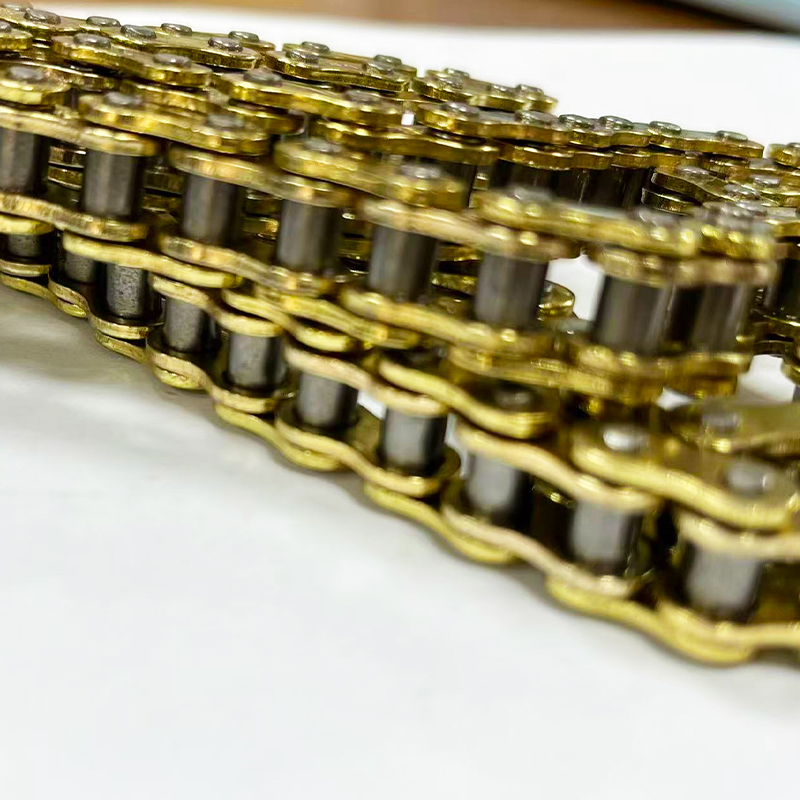Description
Automotive engine timing chains are crucial components in internal combustion engines, responsible for synchronizing the movement of the engine's crankshaft and camshaft. This synchronization ensures precise valve timing, combustion, and overall engine performance. Here are key features and considerations related to automotive engine timing chains:
-
Materials: Timing chains are typically constructed from high-strength materials, such as alloy steel, to withstand the significant forces and tension they experience inside the engine.
-
Precision: Precision is crucial in engine timing. Timing chains are engineered and manufactured to strict tolerances to ensure accurate valve timing and optimize engine efficiency.
-
Durability: The durability of timing chains is essential as they need to withstand continuous high-speed operation in a harsh engine environment. They are designed to be long-lasting and reliable.
-
Maintenance-Free: Many modern automotive engines use maintenance-free timing chains. This eliminates the need for routine maintenance, such as lubrication and tension adjustments, which was common in older timing belt systems.
-
Efficiency: Timing chains are designed to minimize power loss due to friction, ensuring that the engine runs efficiently and delivers optimal performance.
-
Noise Reduction: Engine timing chains are engineered to operate quietly, minimizing noise and vibration, which contributes to a smoother and quieter engine operation.
-
Wide Temperature Range: Timing chains must operate efficiently across a wide temperature range, from extreme cold to high heat. This versatility ensures that the engine functions reliably in various conditions.
-
Timing Accuracy: Proper timing is critical for engine efficiency and emissions control. Timing chains ensure precise valve timing and ignition timing, contributing to fuel efficiency and reduced emissions.
-
Compatibility: Timing chains are designed to be compatible with specific engine designs and configurations. Different engines may require different chain lengths, link counts, and attachment configurations.
-
Interference and Non-Interference Engines: Timing chains are used in both interference and non-interference engines. In interference engines, proper timing is critical to prevent piston and valve collisions, while in non-interference engines, timing issues are less likely to result in catastrophic engine damage.
-
Tension Control: Some timing chain systems incorporate tensioners to maintain proper chain tension as the engine operates, ensuring the chain remains taut and properly aligned.
-
Chain Guides: Timing chains may feature chain guides or tensioners that help keep the chain properly positioned and prevent it from slapping against engine components.
Automotive engine timing chains are fundamental to the operation of internal combustion engines, ensuring that the intake and exhaust valves open and close at the right times in sync with the engine's rotation. Their reliability and precision are essential for engine performance, efficiency, and longevity.





